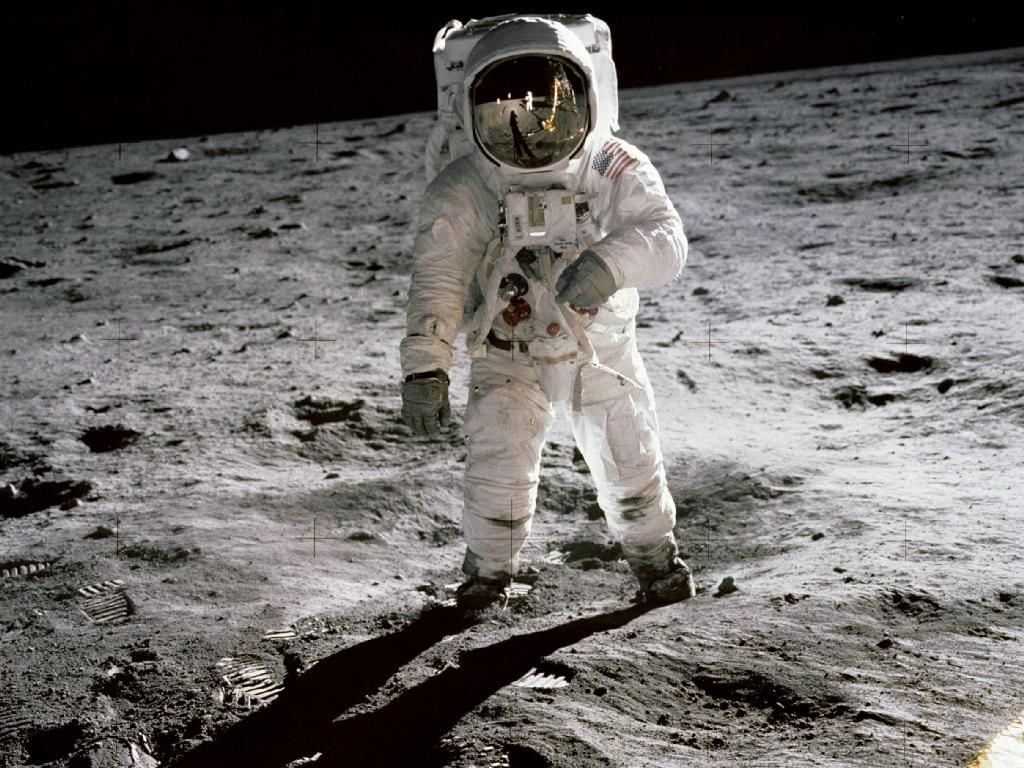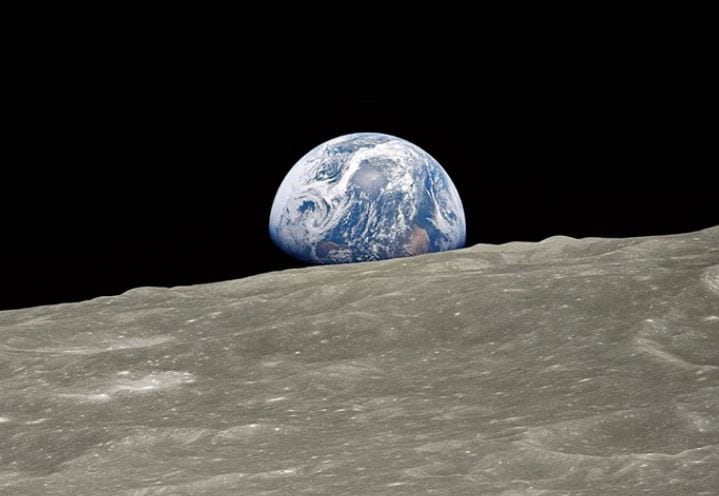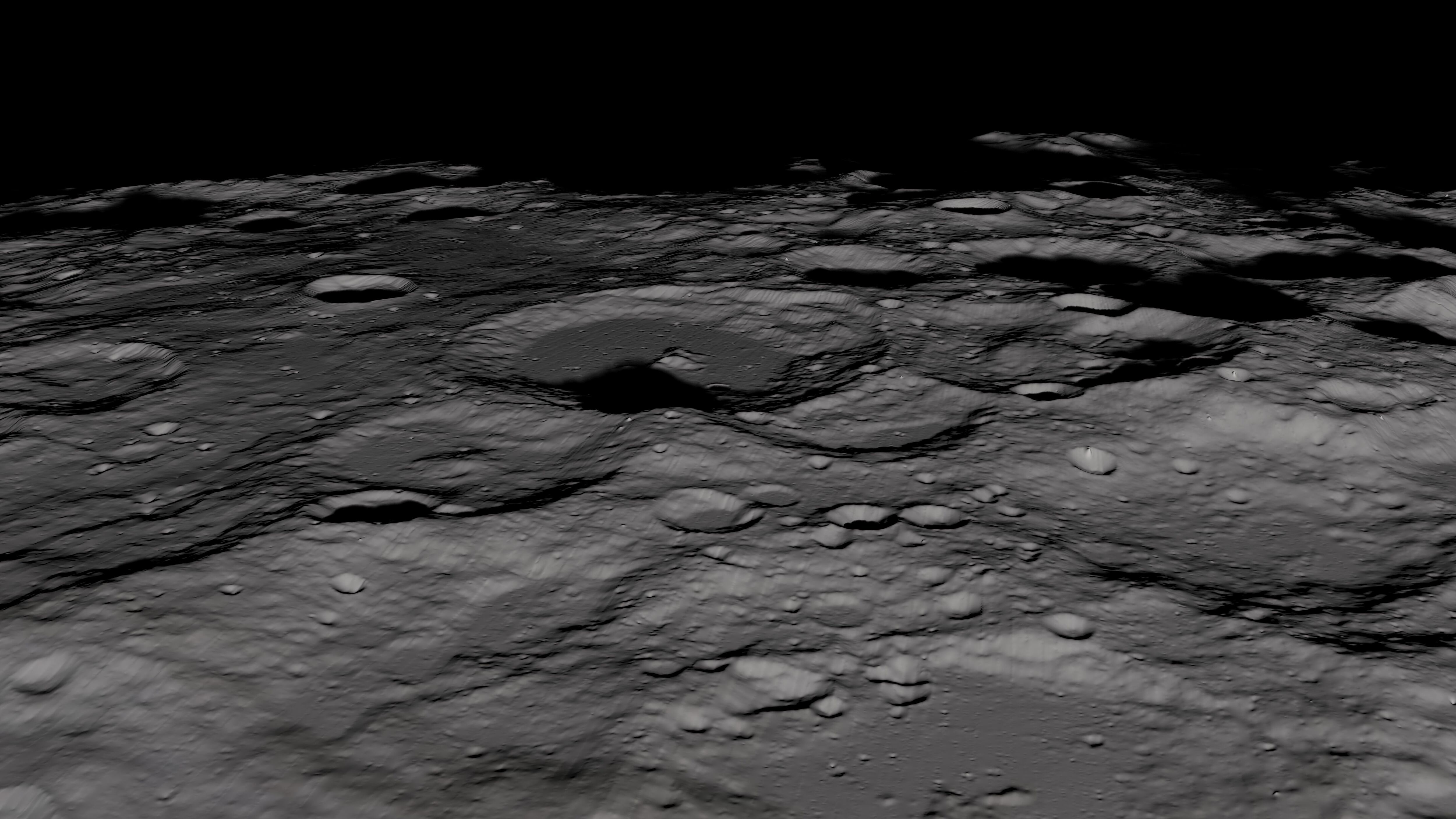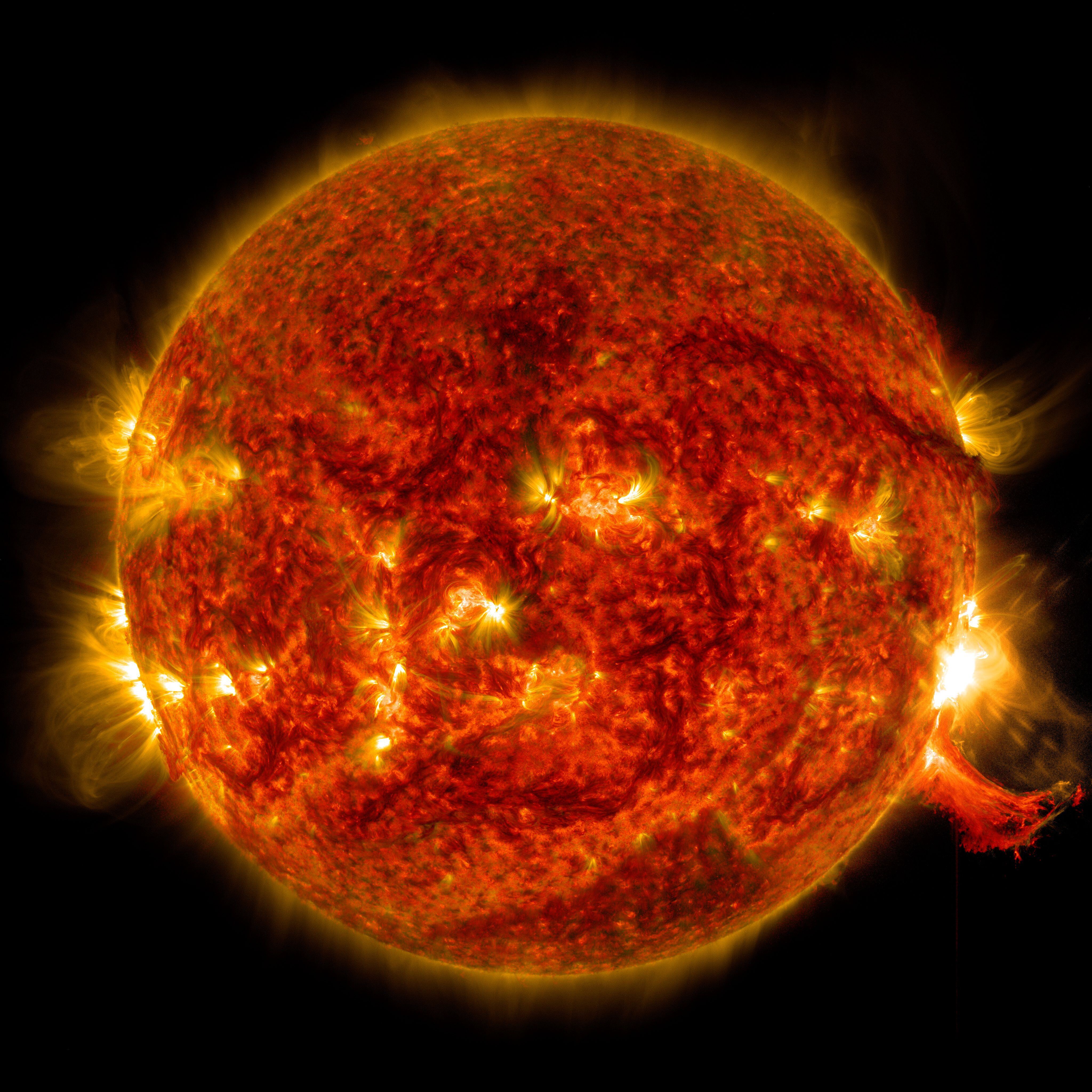The Moon, Earth’s natural satellite, It would have formed from the collision of a Mars-sized object against Earth billions of years ago.
there, Snow does not fall on the moon. Thunder is never there. Clouds do not form in a black sky. that is, The “climate” on Earth’s natural satellite is completely different from what happens on our planet.
Lunar climate is dominant Temperature changes of hundreds of degreesThe arrival of space rocks of all sizes, and Particles and energy traveling through the Sun and beyondExplained by scientists from the American space agency NASA.
Today, July 20, the International Lunar Day. It was established by the United Nations through Resolution 76/76 “International Cooperation in the Peaceful Uses of Outer Space”, In 2021.

July 20 was chosen to commemorate the anniversary of the first man landing on the moon as part of the mission. Apollo 11. It celebrates the achievements of all states in exploring this sky and creating public awareness about its exploration and sustainable use.
Last Friday, India sent its third mission to the moon. with the intention of first landing near the little-explored South Pole. There was a ship Chandrayaan-3, an orbiter, a lander and a rover, which were launched from the Sriharikota Space Centre. The lander for this mission is scheduled to reach the lunar surface on August 23 and 24. If successful, India will become the fourth country to soft-land on the moon after the United States, the former Soviet Union and China.
Meanwhile, as part of the program, NASA is planning Earth orbit satellite missions next year and again in 2025. Artemis. The goal is to establish a permanent human presence on the surface and lay the foundation for further human exploration of Mars.
Here they go 3 Curiosities of the Moon’s Climate Explained by NASA Experts On his website:

The Moon travels in an oval orbit around the Earth at a speed of 3,680 kilometers per hour. Scorching heat and freezing cold are common on its surface, and temperature changes are rapid and drastic because it lacks an Earth-like atmosphere.
A cubic centimeter of Earth’s atmosphere contains a hundred billion times more molecules than the same volume of space near the surface of the Moon. This means your environment is almost empty, but not completely. The thin layer of gas surrounding the Moon is called the “exosphere”.

The Moon’s exosphere is too rarefied to capture or radiate the Sun’s energy. This intensifies the contrast between the sunlit and shadowed areas of the moon. Temperatures near the lunar equator can reach 121°C during the day and drop to -133°C at night.
In deep craters near the Moon’s poles, permanent shadows keep the surface even cooler: Orbiter Lunar exploration NASA recorded a temperature of -246 degrees Celsius. These eternally dark places are home to ice deposits that are billions of years old.

Climate of Earth’s natural satellite Coming straight from outer space. That happens because the exosphere it contains is too thin to produce Earth-like weather. As a result, the Moon is affected by cosmic rays, the solar wind, mass ejections from the Sun’s corona, and meteor streams.
Interstellar cosmic rays come from distant regions milky way And sometimes even from other galaxies. These break up atoms on the moon’s surface, releasing radiation.
And the continuous stream of solar “wind” causes burns on the moon. It charges the lunar surface with static electricity and provides chemicals that can form water.
Shock waves from giant flares from the Sun also periodically send bursts of high-energy particles to the Moon. As if that was not enough, minnows, And sometimes large space objects lash the lunar surface. A dry shower of debris removes material from the Moon’s outer layers, exposing new material.
Continue reading:
:quality(85)/cloudfront-us-east-1.images.arcpublishing.com/infobae/FWHQFXWZW5DTBEJPI4DXGWBIKQ.jpg)
